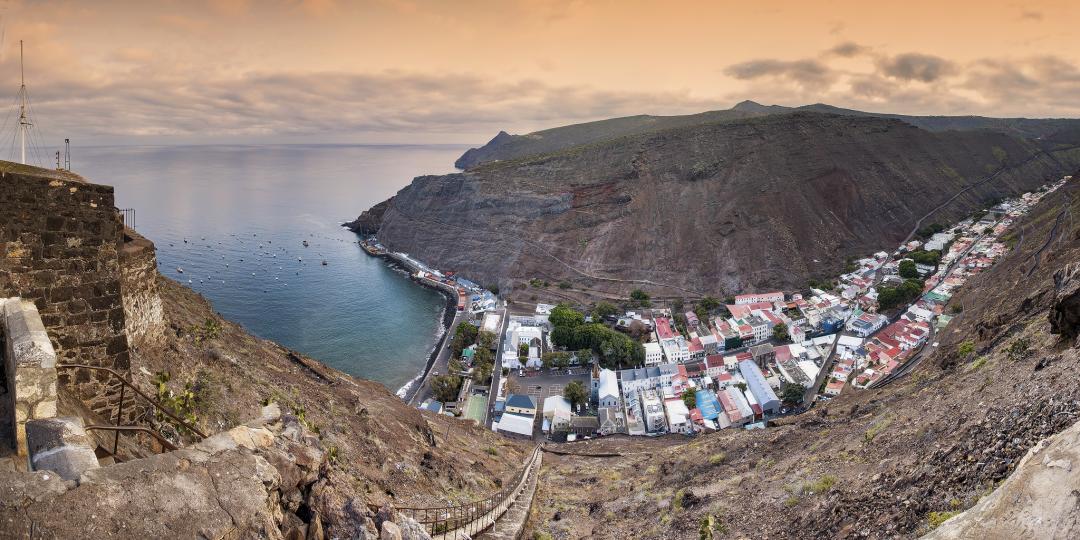Independent airline Airlink’s scheduled service between South Africa (OR Tambo International Airport) and St Helena in the South Atlantic Ocean – one of the world’s most remote islands – increased from fortnightly to weekly on Saturday (October 15).
The resumption of regular weekly flights will boost accessibility to the island, enabling travellers to discover the volcanic peaks, protected national parks and world-class diving sites. The island is now fully open to visitors, following St Helena Government’s decision to lift all COVID-19 entry regulations from August this year.
Matt Joshua, Head of St Helena Tourism, said: “We are delighted that weekly flights will resume to the island following the suspension during the pandemic.
“St Helena offers the perfect getaway for the post-pandemic traveller looking to escape the crowds and we look forward to meeting the demand from travellers wanting to experience one of the UK’s oldest overseas territories and most remote inhabited islands on the planet.”
A British Overseas Territory in the middle of the South Atlantic, St Helena was first colonised by British settlers in the 17th Century. Today, the small island is home to more than 4 000 inhabitants, known locally as Saints, who are famed for their hospitality and welcoming nature.
The island is a haven for walkers, with over 20 walks designed by the St Helena Nature Conservation Group along some of the most scenic and untouched areas of the island. For history enthusiasts, the island is soaked in a rich history, with strong ties to South Africa.
Due to its remoteness, King Dinuzulu and 6 000 prisoners of war (from the Boer War of 1899 to 1902) were exiled to St Helena. Visitors will also gain insight into St Helena’s role in fighting the slave trade and be able to visit key sites associated with Napoleon – who was also exiled to the island – including his tomb.
For divers visiting the island, there are eight shipwrecks around St Helena to visit, many of which are scattered with articles of marine archaeological interest such as cannons and anchors. Visitors who arrive between December and March can swim with whale sharks, whilst those who visit between June and December can glimpse Humpback whales with their calves.























